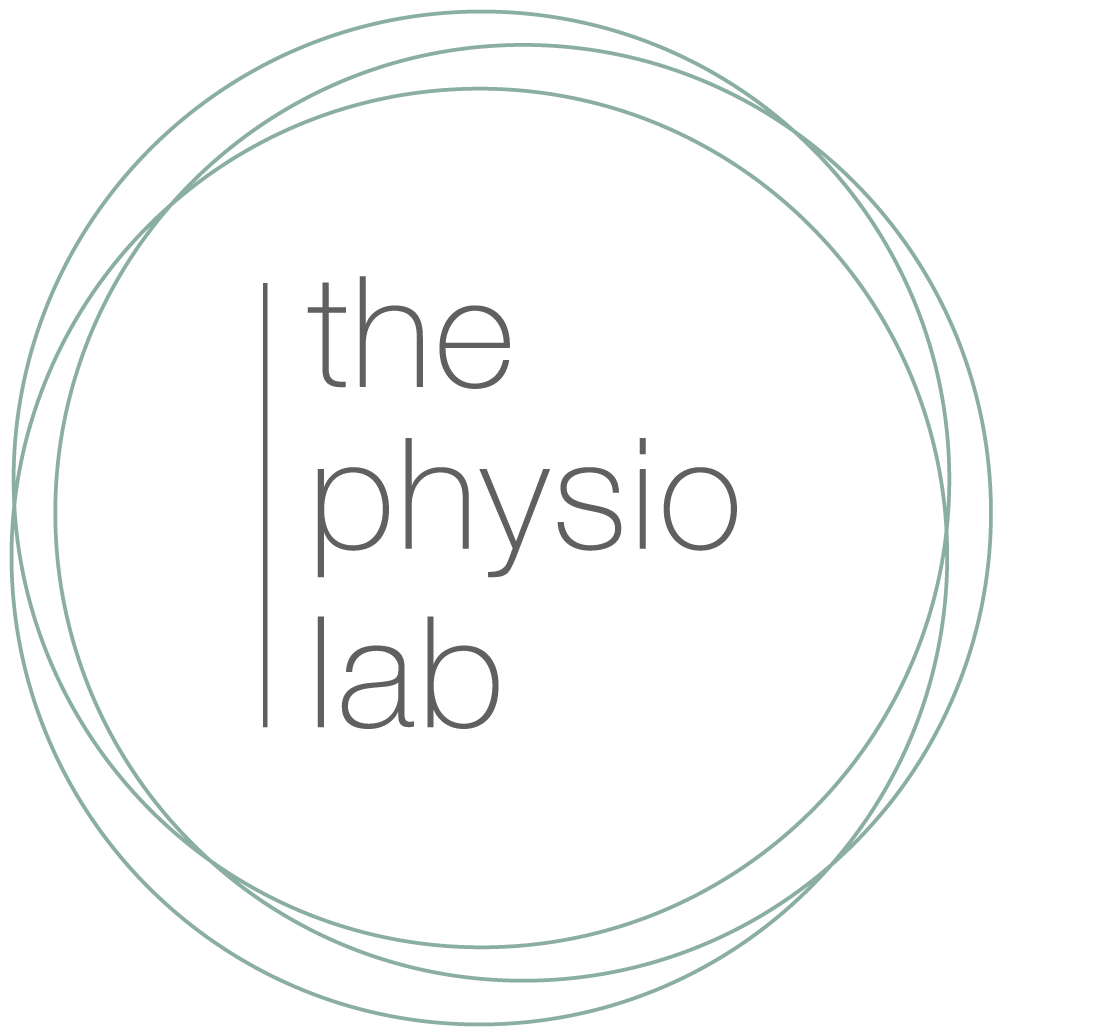The who/how/why of low back pain in golf
Not an entirely uncommon occurrence following a round of golf for many of us, but this does not have to be the case.
Low back pain is generally considered to be the most common complaint by golfers. It has been reported that actual injuries to the low back occur in 11% of male golfers while the actual incidence of low back pain, in the same cohort, is 52% (Batt 1992). The Titleist Performance Institute (TPI) report that 28% of all players deal with low back pain after every round (TPI, 2015). Causes of low back injuries can vary and can include disc or facet irritation, stenosis with associated nerve impingement, degenerative joint disease and occasionally spondylosis (TPI, 2015).
"28% of all players deal with low back pain after every round"
The movements of the golf swing (figure 1) are generally referred to in phases of backswing, early and late downswing and early and late follow through (McHardy and Pollard 2005). This large amplitude of movement involves rapid and forceful generation of power incorporating the hips/pelvis, trunk and upper limb transferring energy from the ground to the club resulting in considerable stress within the spine.
These forces involve a downward compression, side to side (or lateral) bending and sliding (or back to front shearing) with the compressive loads at the 3rd and 4th lumbar vertebrae (L3/4) segment shown to peak at up to 8x body mass (Hosea et al 2010). Range of movement of the torso covers a large amplitude beginning in 30 degrees of forward flexion and by the end of the swing finishing in 30 degrees of extension (TPI, 2015). It is no wonder then that the discs that occupy the spaces between these vertebrae become vulnerable to damage.
Figure 1. Phases of the golf swing. (A) Address position; (B) early back swing; (C) late back swing; (D) top of swing; (E) down swing; (F) acceleration; (G) early follow through; (H) late follow through. (McHardy and Pollard, 2005)
Lindsay and Horton (2002) looked at spine motion in elite golfers with and without low back pain and found that those WITH low back pain were inclined to have:
- Increased spine forward bend when addressing the ball
- Increased left side bend during the backswing (in right handed golfers)
- Decreased trunk rotation in neutral resulting in a “supramaximal" rotation during the swing
They also showed that in golfers WITHOUT low back pain there was increased trunk flexion velocity during the downswing, implicit that increasing abdominal muscle activation, strength and force production during this movement may possibly be a protective mechanism (Lindsay and Horton 2002).
Physiotherapy and Golf Injuries
When having a physiotherapy assessment or screening, the questions usually asked should be sports specific questions relating to golf and golf pathology. These can include:
- When does the player get pain (during or after a round of golf)?
- What is the nature and intensity of the pain?
- Past history of similar injuries?
- What other injuries or aches and pain are present? (a painful Achillies tendon can speak volumes...)
- Do they have lessons with a golf coach? If so, what are the common swing faults that have been identified? (biomechanical causes)
- Volume of balls they hit per week? (overuse and load-monitoring)
When performing a physical assessment, areas that should be addressed first are often the dysfunctional non-painful movements. In other words, these are movements that the golfer is simply unable to do. This can be an inability to fully squat or having increased stiffness with thoracic rotation (click here for more info about the role the thorax has to play). They tend to be the biggest problems diagnostically and are generally the cause, not the site, of pain.
The physical assessment should also include a look at equipment and set up. Looking at the address position (golf stance) and posture can help determine likely causes and injury patterns and will usually identify when a poor movement pattern is present. What does their grip look like? What do their shoes look like? (including use of orthotics and wear patterns on the sole). Use of video analysis if possible can help identify common swing faults. These swing faults will also shed light on several injury inducing mechanics that can include:
- Increased Torque by not letting go of the lower body in the follow through and allowing the feet freedom to move
- Excessive Right Side-bend at follow through will add to right side facet injuries and lateral rib stress injuries. This occurs by hanging back or having an increased closed club face
- Early Extension of the hips can increase spine extension range and lead to facet compression
- S-posture (likely associated with a lower cross syndrome) is usually a sign of tight hip flexors and inhibited abdominals and gluteals
- Reverse spine angle (the spine should lean away from target not towards) creates unnecessary trunk movement and will increase the ROM (and subsequent velocity) of the spine during the swing that results in increased stress on facets and discs, more commonly in the right side of the lower back (in right handed golfers). Sway can exacerbate this fault
To discuss any of these issues or to have a golf specific screen get in touch to find out more.
References
Batt, M. E. (1992). A survey of golf injuries in amateur golfers. Br J Sports Med, 26(1), 63. doi:10.1136/bjsm.26.1.63
McHardy, A., & Pollard, H. (2005). Muscle activity during the golf swing. Br J Sports Med, 39(11), 799-804. doi:10.1136/bjsm.2005.020271
Hosea TM, Gatt CJ, Galli KM, et al. Biomechanical analysis of the golfer's back. In: Cochran, A. J. (2010). Science and Golf (Routledge Revivals). Florence: Taylor and Francis. Retrieved from http://ebookcentral.proquest.com/lib/latrobe/detail.action?docID=592967
Lindsay, D., & Horton, J. (2002). Comparison of spine motion in elite golfers with and without low back pain. J Sports Sci, 20(8), 599-605.
TPI (2015). Course notes Level 2 Medical and online lecture material, Titleist Performance Institute.



